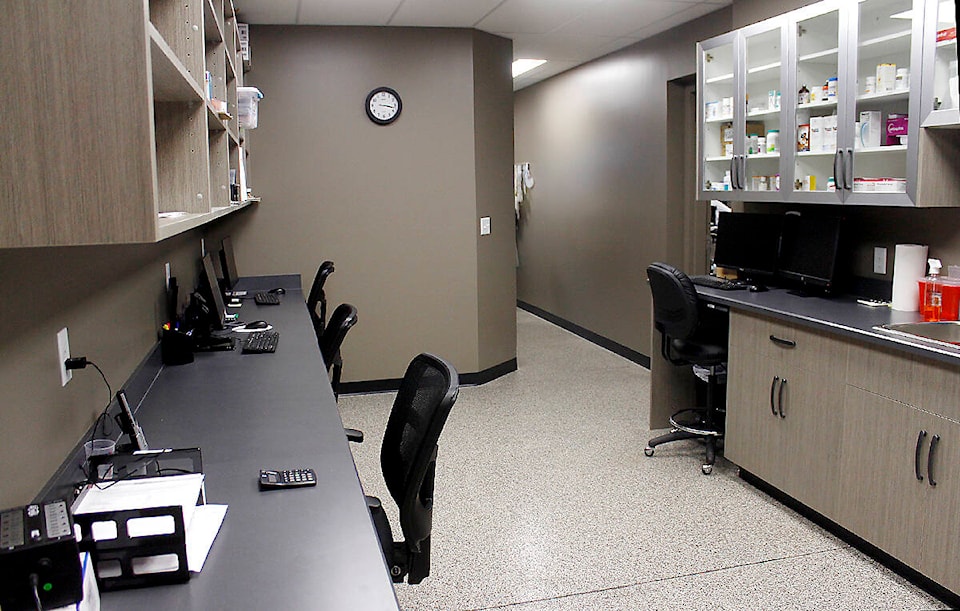The veterinary industry in Alberta, and around the world, is in crisis.
According to an Alberta Veterinary Medical Association (ABVMA) presentation to the Ministry of Labour and Immigration in November of 2021, there is a shortfall of veterinarians and veterinarian technicians in the province that is expected to get significantly worse before it gets better.
As of the date of the presentation, there was an estimated shortage of 865 veterinarian professionals in the province with that number expected to climb to over 3,300 by 2040.
The Province of Alberta has recognized this growing problem through Motion 524, which resolves that “the Legislative assembly urge the government to recognize the important work of rural veterinarians and explore ways to increase the number of veterinarians serving rural communities.”
The motion, put forward by Camrose MLA Jackie Lovely, was passed in the legislature in early December 2021.
Of the 575 veterinary practices located in Alberta, only 221 of them are located in rural Alberta, according to the ABVMA presentation.
Ponoka veterinarian Dr. Trevor Hook sees a significant part of the shortfall resting with the veterinary schools.
“They are not graduating any more vets than they were 30 years ago,” said Hook.
“Supply and demand aren’t matching up very well.”
Another factor especially impacting the rural veterinary practices comes down to demographics; he noted that many of the older veterinarians who worked in the rural setting are retiring and many of those going to school come from and return to urban communities.
“As you get more rural, it gets harder and harder to attract vets,” said Hook.
“Urban people are less likely to go to rural communities.”
The numbers seem to back Hook’s statement.
According to the ABVMA over 50 per cent of veterinarians and technicians in the province are located in the Calgary and Edmonton areas.
Also impacting veterinary care in the province is a “huge increase in demand” according to Hook.
“More people are having more pets,” said Hook.
“People are spending more on those animals. On average, they are spending twice as much as they did 10 years ago.”
According to Hook, the declining number of veterinarians and increasing demand in the province is going to ultimately increase the costs of the services due to supply and demand.
“It’s going to change how vets work, and what they do,” said Hook.
“More technical skills and jobs will be passed on to others. We can’t be everywhere all the time. It’s going to change how veterinary clinics operate.”
According to the ABVMA the veterinarian shortage issues are not unique to Alberta but are a global problem and, according to Hook, “throwing money” at the problem won’t bring more professionals into the province.
“There’s a lot of stressed and overworked veterinarians and staff out there already,” said Hook.
“We’re doing our best, but if demand outpaces our ability to provide adequate care, that’s a problem.”
Hook works at and is part owner of Central Veterinary Clinic in Ponoka, which also owns the recently upgraded Bashaw vet clinic.
The Bashaw location is now a fully-modernized facility, according to hook, having been expanded from 1,000 square feet of space to over 3,500 square feet and equipped with upgraded radiology, ultrasound and dental equipment.
As part of the upgrades, a new cattle handling system was installed to allow the clinic to handle large animals.
